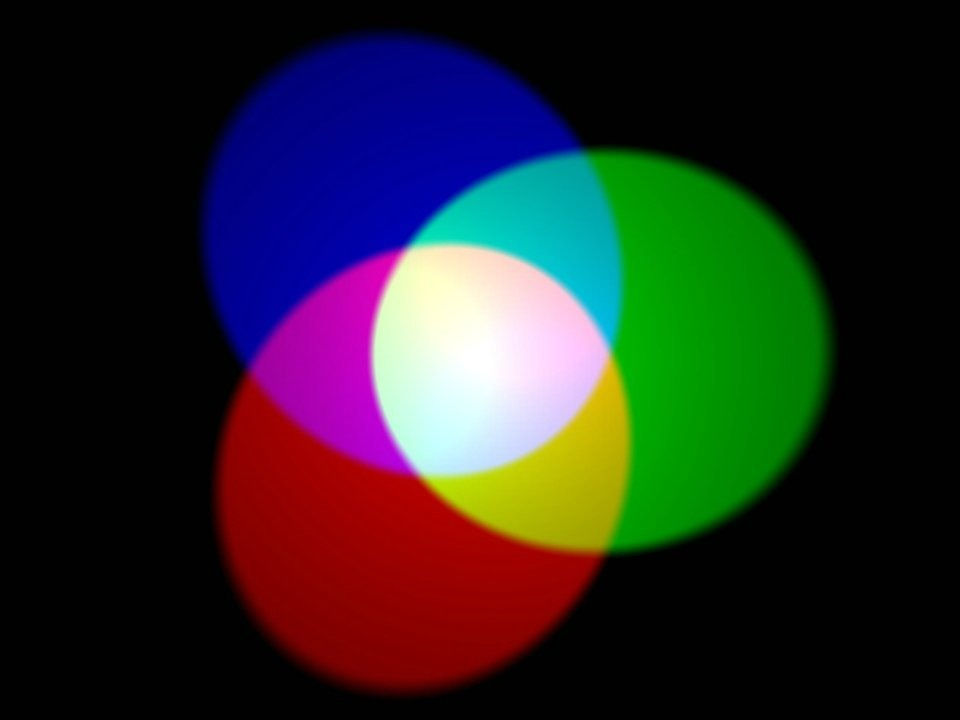COLORS
- XR - XharpRazor Axtra

- Nov 6, 2020
- 6 min read
Updated: Mar 5, 2021
All living beings which has eyes will perceive different frequencies of electromagnetic waves as different colors. This post can be divided into 5 parts :
- HOW IS COLOR DETERMINED
- HOW WE PERCEIVE THEM
- RANGE
- MIXING COLORS
- IDENTIFYING COLORS
For the sake of simplicity, let's focus on humans only, unless specified.
- - - === < [ 1 ] > === - - -
HOW IS A COLOR DETERMINED
All living beings which has eyes will perceive different frequencies of electromagnetic waves as different colors. Note that "electromagnetic waves" can be known as "light".
Since we perceive electromagnetic waves as vision, the brightness and hue depend on the properties of that wave.
We perceive the AMPLITUDE of the wave as BRIGHTNESS,
and we perceive the FREQUENCY of the waves as HUES.
The shorter the amplitude, the weaker it is, the darker it is;
the longer the amplitude, the stronger it is, the brighter it is.
- - - === < [ 2 ] > === - - -
HOW WE PERCEIVE THEM
There are 2 types of cells which help us to see: the CONE CELL and the ROD CELL. Please note that there are nearly 6,000,000 to 7,000,000 cone cells and approximately 120,000,000 rod cells in a single eyeball.
Rod cells will send impulses to the brain when the light is "strong" enough (even in a dark room with a tiny light source), this type of cell is what help us to deal with the brightness of the environment.
Cone cells will send impulses to the brain when the light is strong enough (say under the sun or a bright room) AND with the suitable frequency of light, this type of cell is what helps us to deal with colors. There are 3 types of cone cells: L-cone, M-cone, S-cone, each will send impulses when a wave with a certain range of frequency is absorbed.
To make things clear, try to imagine this: now we have 4 cells: An L-cone, M-cone, S-cone, and a Rod Cell. we put this in a dark room, with no light source yet.
Situation 1 : An extremely weak light
Only the Rod cell can absorb the weak light and send impulses to the brain, so we can see the weak light, but there is no information of color, so it is black and white and grey. This is why we are usually color blind in a very dark room with weak light sources.
Situation 2 : A light with Long Frequency.
The Rod cell can pick up the light since this light is strong enough.
Since the Frequency is long, the L-cone can pick up the light and send impulses to the brain, our brain will notice that since the L-cone is picking up the long frequency light, the brain will perceive the color as RED.
Because the frequency doesn't match the range of M-cone and S-cone, both of these cells will not pick up the light.
Situation 3 : A light with Medium Frequency.
Same, the Rod cell can pick up the light, so brightness can still be detected.
This time the frequency is medium, so the M-cone can pick up the light and send signals to the brain, and the brain will perceive this signal as GREEN.
Because the frequency doesn't match the range of L-cone and S-cone, both of these cells will not pick up the light and no signal will be sent.
Situation 4 : A light with Short Frequency
Same, the Rod cell will do it's job.
This time the frequency is short, so the S-cone can pick up the light and send signals, and the brain will perceive this as BLUE.
And because the frequency doesn't match, both L-cone and M-cone will not pick up the light and no signal will be sent.
- - - === < [ 3 ] > === - - -
RANGE
Different living beings can see different ranges of light.
We humans can perceive light with the frequency with a range of
4 x 10^14 Hz to 8 x 10^14 Hz
here are some other examples:
Because Cats don't have L-cones, so they have a hard time with differentiating Red and Green, what they usually are Yellow, Green, Blue, Violet, Grey
Most Dogs only of 2 types of Cone cells which helps them the discern Blue and Yellow.
- - - === < [ 4 ] > === - - -
MIXING COLORS
There are 2 types of Methods to combine colors and get a "new" color,
Additive Mixing and Subtractive Mixing.

Additive Mixing is a method where different lights with different wavelengths are added together. This is why the more color we add, the brighter it is. Take the sun as an example: if you combine all the colors we have, (Red, Orange, Yellow all the way to Violet), we have the color of the sun : White, plus, it is super bright that it is advised to do look straight into the sun
Try this: get 3 torch lights, a cellophane tape, Red marker, Green Marker, and a Blue Marker. Cover the Torchlight with cellophane tape and color each tape with a different single colors. And start mixing colors ~

Subtractive Mixing is a method where certain wavelengths are removed from the light source. Take Mixing paints or pigments or dyes or most of the things you can find in an art classroom for applying colors. When 2 dyes are mixed, both dye still absorbs the wavelengths they did previously, what is left is the wavelength which both dyes reflect. Plus a dye may absorb some part of the wavelength that the other dye reflects, leaving the light source with a lesser amount of wavelengths, this is why the more color we mix, the darker the color it is.
Still confused? Try to imagine this: We have a Red dye and a Yellow dye. Before mixing, the Red dye molecules will absorb all the color except Red, and Red is Reflected, and the Yellow dye molecules will absorb all the color except Yellow, and Yellow is Reflected. When we mix both of them together, in this new dye, the "Red molecule" will reflect Red light and the "Yellow molecule" will reflect Yellow, and what we see is Orange, plus, since the "Red molecules" will ONLY reflect Red light, they will absorb some Yellow Light, since the "Yellow molecules" will ONLY reflect Yellow light, they will absorb some Red Light. IMPORTANT: the 3 primary colors in subtractive mixing are not exactly Red, Yellow, and Blue, it is actually Magenta, Yellow, and Cyan.
- - - === < [ 5 ] > === - - -
IDENTIFYING COLORS
It is possible that "your red" is not my "red", so there are a few ways to define a color or identify a color or tag them: Color codes
So far these are some of the color codes used to identify colors : RBG, RGBA, HSV, CMYK.
RGB
Since color can be mixed through additive mixing, RGB codes shows the ration between the 3 primary colors, Red, Green, Blue. Plus the code is written in Hexadecimal (base 16). Since we know that Yellow is made from the same amount of Red and Green, the RGB color code for Yellow is "#FFFF00".
RGBA
Almost the same as RGB, the A means Alpha, which means transparency.
HSV
Also a well-known code, you can see them the most of the drawing or design apps.
"H" is for "Hue", which is the frequency of the color, from Red to Violet.
"S" is for "Saturation", meaning "how colorful is this", colors with low saturation is nearer to grey, colors with high saturation is nearer to its hue color.
"V" is for "Vibrance", also can be understood as "brightness". the lower it is, the closer to black, the higher it is, the closer to white.
CMYK
Almost the same as RGB, representing the amount of each color used, it is just the primary colors here are different. C = Cyan, M = Magenta, Y = Yellow and somehow "K" is black. Usually, these codes are used by printing shops.
- - - === < [ EXTRA ] > === - - -
GIVING COLORS SHORTFORMS
some times I like to do stuff like this, and this is what I have (if you also have a list of short forms for colors, comment them in the comment section below ~)
Red = Red
Ver = Vermillion
Org = Orange
Mrg = Marigold
Ylw = Yellow
Lme = Lime
Chr = Chartreuse
Grn = Green
Aqr = Aquamarine
Cyn = Cyan
Tor = Torquise
Blu = Blue
Vio = Violet
Prp = Purple
Mgt = Magenta
Pnk = Pink
Brn = Brown
Tan = Tan
Wht = White
Gry = Grey
Blk = Black
L. = Light
D. = Dark









Comments